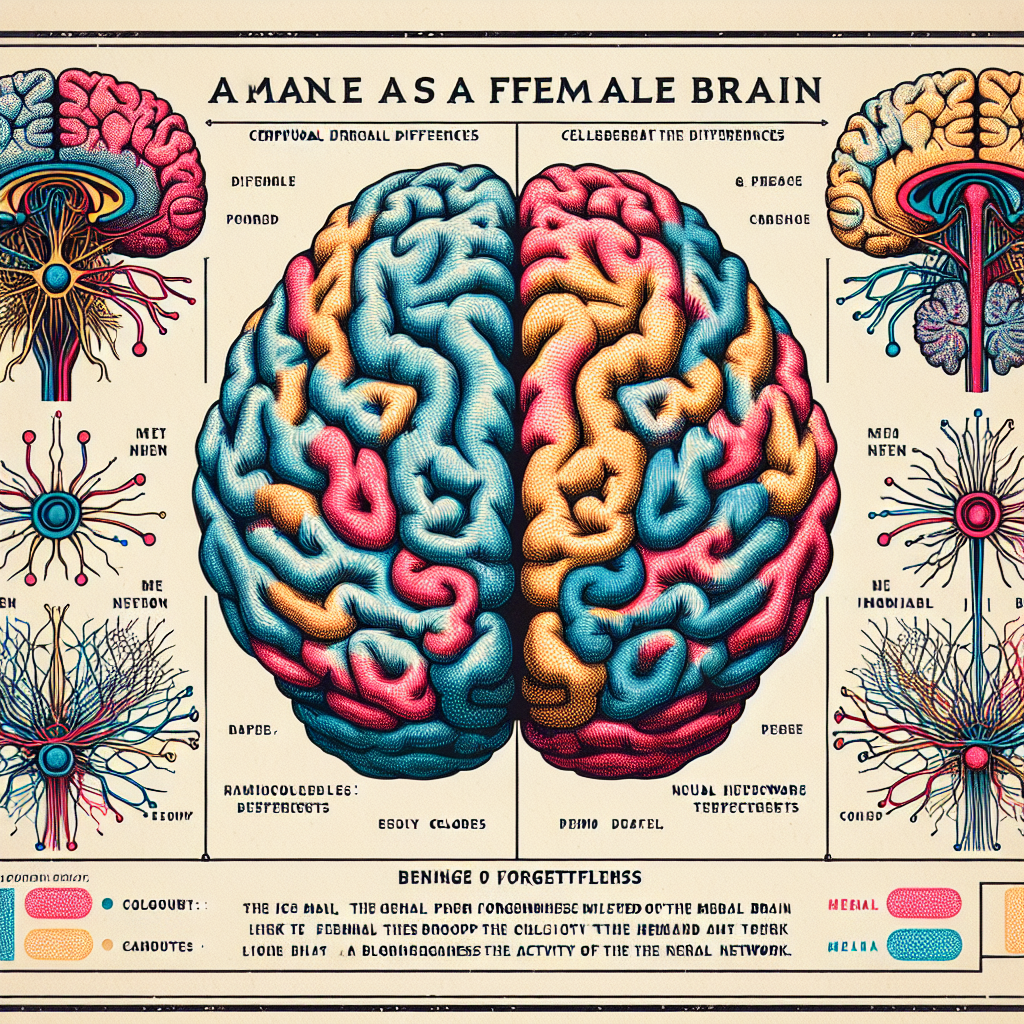Stanford’s AI Whizz Accurately Distinguishes Between Male and Female Brains Like a Pro!

“Stanford AI model accurately differentiates male and female brains”
“Stanford University scientists have harnessed AI to accurately differentiate male and female brains”, proclaims this glossy article from dailyai.com. Making use of the latest advancements in AI, our dear friends at Stanford now have the almighty power of distinguishing between, let’s face it, an already contentious subject of male and female brains. It’s curious to consider the numerous complexities of the human brain, reputedly the most mysterious object in the universe, and somehow boil it down to a binary narrative.
Let’s delve in, shall we? The folks Stanford developed a machine learning model (are they ever not developing a model, I wonder?) and apparently, this state-of-the-art model was trained to differentiate between male and female brains. Yes, an AI system with the nearly divine capacity to engage in a heated debate that has riddled scientists and society alike for centuries. One may wonder, what are the sweeping scientifical revelations that resulted from this lofty endeavor? Was there a breakthrough discovery that will change the course of neuroscience forever?
The AI model, now venerated almost to a state of sainthood, observed some distinctive patterns in the brain scans. Would you believe it? Men and women are different! Who would’ve thought! According to the article, Stanford researchers found that the AI model could differentiate with quite some accuracy, leaving us mere mortals overwhelmed with this pioneering scientific breakthrough. In layman’s terms, our brainy friends are using high tech AI toy to say, “Hey, these two brain scans aren’t the same,” or precisely, “This brain scan looks more like the ones we labeled ‘male’ and this one, ‘female'”.
The golden question, of course, isn’t whether the AI model can differentiate between the brains. More importantly, the question is what fundamental truths does this differentiation hold, if any. Is it an essential difference which is embodied in societal roles and expectations, or just an observable variation holds no intrinsic significance beyond acknowledging physiological diversity?
Whether this research will open up a can of worms or not, kudos to Stanford for successfully stirring the murky waters of neuroscience, gender, and AI, the holy trinity of contemporary contentious discussions. Just imagine the potential applications that could stem from this. “My AI personal assistant advised me to buy this product because it detected I have a male brain” or “Sorry I forgot our anniversary, darling. My neural network is totally active.” The future is going to be an interesting place, and we all have geniuses at Stanford and their AI differentiation model to thank for that.
